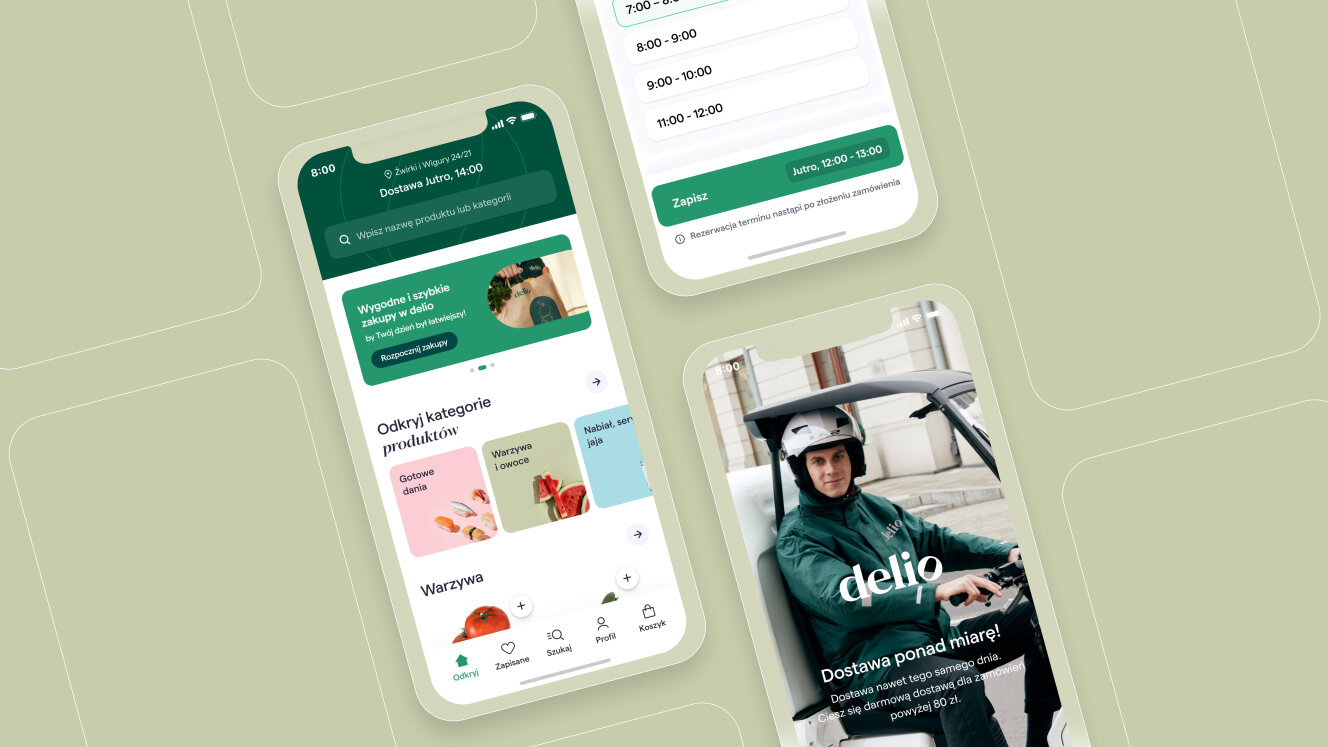
Kamil Tatol
-
Apr 14, 2023
-
5 min read
The Internet can be a valuable resource for a business-to-customer company. A B2C platform can reach more people and help the business grow faster. That is, of course, if it’s done right.
What is B2C?
The term B2C means business to customer. Business-to-customer companies sell their product and services directly to an individual customer instead of other businesses or organisations. All retail shops, B2C e-commerce sites, restaurants, and entertainment venues are examples of B2C businesses.
The difference between B2B and B2C
A B2B stands for business-to-business, while B2C, as mentioned, stands for business-to-customer. The main difference between a B2B and a B2C business is their target audience.
A B2B company, as we discussed in the article on B2B e-commerce, focuses on targeting other businesses. They sell products or services to other companies and build long-lasting client partnerships. The most popular example of a B2B business is a marketing agency offering promotion and advertising services to other companies.
B2C companies, on the other hand, sell directly to individual consumers. Their target audience is wider; therefore, they’re less focused on building partnerships and more on creating a positive brand image and a great customer experience.
Benefits of B2C
Bigger customer reach
A business-to-customer company with an online presence has the potential to reach a wider audience. Their digital channels – that involve, for example, social media and email marketing – help reach customers directly, increase brand visibility, and bring in more customers, which has a significant impact on sales and revenue growth.
Reduced overhead costs
A B2C company can reduce their overheads as they have lower transaction values than a B2B company. Products, equipment, and supply chain management don’t have to be personalised, so their investment costs are not as high.
Faster sales cycles
In general, B2C sales cycles are shorter than B2B sales cycles. Individual consumers usually decide about their purchase based on emotion rather than a complex evaluation process (which is the case for B2B clients). That’s why the revenue for a B2C business typically grows faster.
More opportunities for brand building
B2C companies have more marketing tools at their disposal, e.g. influencer marketing, social media, and content marketing. They can connect and engage directly with their audience, build a loyal following, and retain more clients.
Flexibility and adaptability
With a business-to-customer business model comes great flexibility and adaptability. Whenever there’s a change in the marketplace, a new technology arises, or the consumer’s preferences fluctuate, a B2C company can react quickly and adapt. But it also means that if they want to test a product or a new feature, they can do it quickly based on customer feedback. It helps the companies stay ahead of competitors, meaning that their digital or traditional store remains relevant.
What is B2C e-commerce?
A B2C e-commerce refers to an online store where customers buy the product directly from a company’s website or online platform.
Now that most people have access to the Internet, almost every B2C business offers their customers an option to buy through an online channel. Having a website or a platform also means the possibility of reaching an international audience. An online store is far more accessible – the customers don’t have to run to a physical store within opening times or wait in line but simply buy the products or services whenever needed.
Types of B2C
Many types of B2C businesses have different business models and target different audiences. Let’s take a look at the main five.
Direct sellers
Direct sellers are companies that sell directly to consumers without involving an intermediary. Direct sellers examples include retail stores and supermarkets.
Online intermediaries
An online intermediary offers an online platform through which a seller and a buyer can interact. A vendor usually decides to use a B2C platform to reach more customers. Amazon and eBay or ride-sharing apps like Uber are the most popular online intermediaries.
Advertisement-based
Advertisement-based businesses make money by placing advertisements on their platforms. Social media platforms like Facebook and Instagram and search engines like Google are all examples of advertisement-based businesses.
Community-based
A community-based business depends on user-generated content and user engagement. Examples include review sites (e.g. Yelp) or peer-to-peer marketplaces (e.g., Airbnb).
Fee-based
Fee-based businesses charge customers a fee in exchange for access to their services. A great example is a subscription-based platform like Netflix or Spotify.
B2C marketing
B2C marketing aims to retain and grow the business’s current customer base, increase the brand’s popularity, and ultimately drive revenue.
Target audience
You need to know your target audience to create a successful marketing strategy. Some key metrics include demographics, psychographics, buying behaviour, and interests. Collected user data can help understand and tailor the marketing efforts to reach more potential customers.
Branding & messaging
When it comes to a business-to-customer company, a strong brand identity and messaging strategy are essential. Brand name, logo, tagline, and messaging strategy (for example, on the e-commerce platform) should also be consistent and correspond with the target audience’s wants and needs.
Marketing channels
Using different marketing channels allows for reaching a bigger audience and staying competitive. There are plenty of channels to take advantage of: social media advertising, email marketing, influence marketing, content marketing, SEO, and paid search advertising. The channel choice mainly depends on the target audience and the business plan goals.
Customer experience
B2C marketing isn’t just about posts and ads; it’s also about a website or app design and user experience. It all adds up to a positive customer experience that should start from when customers visit a website or a B2C platform throughout the checkout process to when they leave. Whenever the interaction between a customer and a store ends in customer satisfaction, it helps build trust and loyalty.
We explained user experience and UX design in our article "What is UX design and why is it important" and talked more about checking how good the user experience is in our article about UX audit.
Analytics and optimisation
To get to know the target audience, scale marketing efforts, or improve the e-commerce website, you need to have tracking and analytics tools running. Data-driven decisions – based on metrics like website traffic, conversion rates, customer acquisition cost (CAC), and return on investment (ROI) – make the marketing effective and drive better business results.
Examples of B2C companies
Most of the companies that people can think of are business-to-customer companies. Apple or Samsung sell electronics directly to their customers. IKEA, for whom we implemented an industry-leading, innovative solution, is also a B2C company; KFC or BurgerKing too. Delio – an online grocery shopping mobile app we worked on – is one as well. Streaming platforms like Netflix or Disney+ are also (fee-based) B2C businesses.
Summary
A B2C platform in today’s age is a must-have. Whether you want to reach local customers or sell a product globally, the best way to reach the most people is through the Internet.
Want to launch your own B2C platform?
Let us help you make the B2C platform of your dreams. It may just be an idea now, but we have the experience and expertise to help get you across the finish line and drive business results.



















